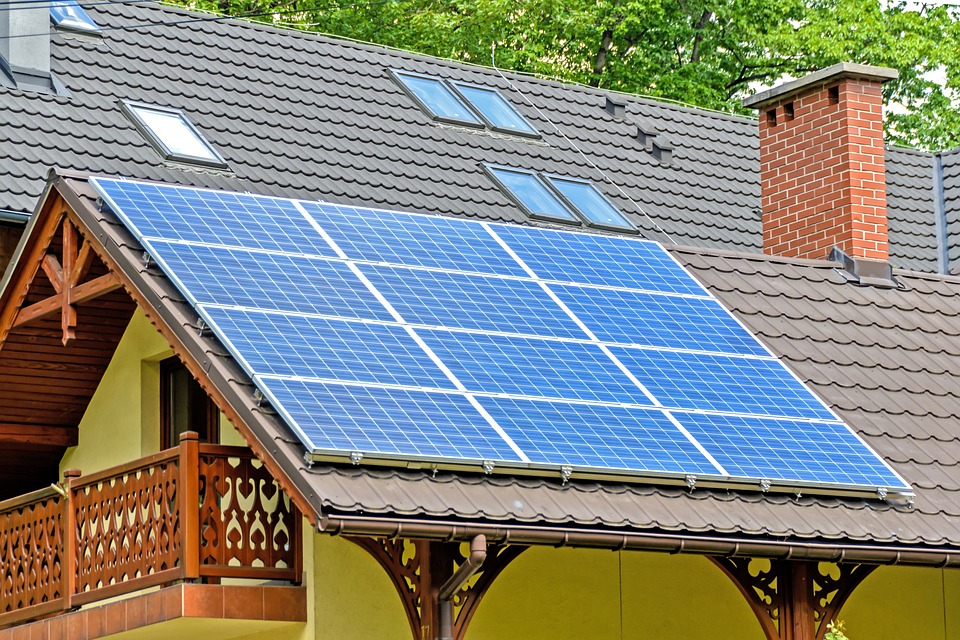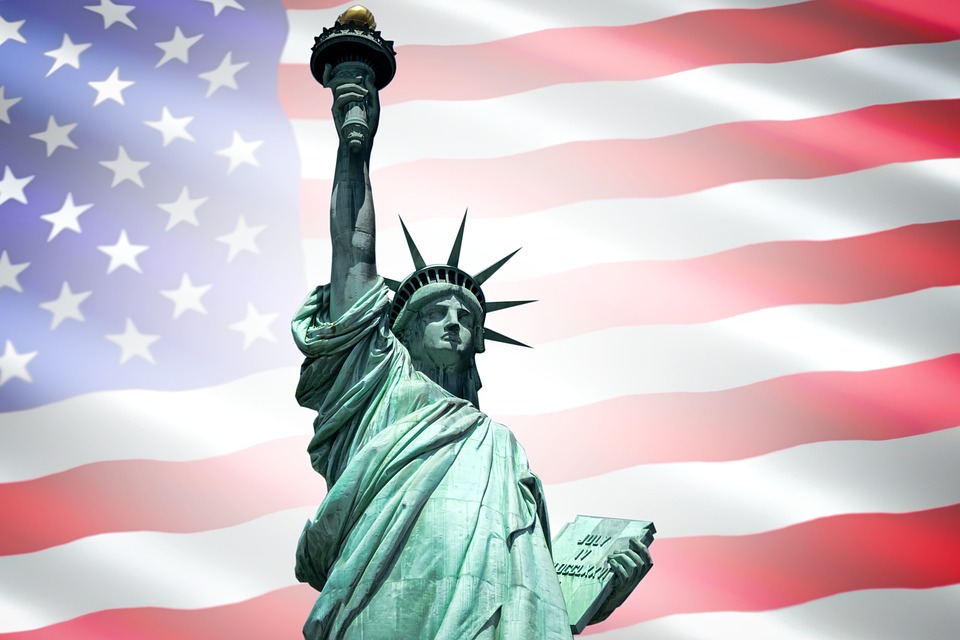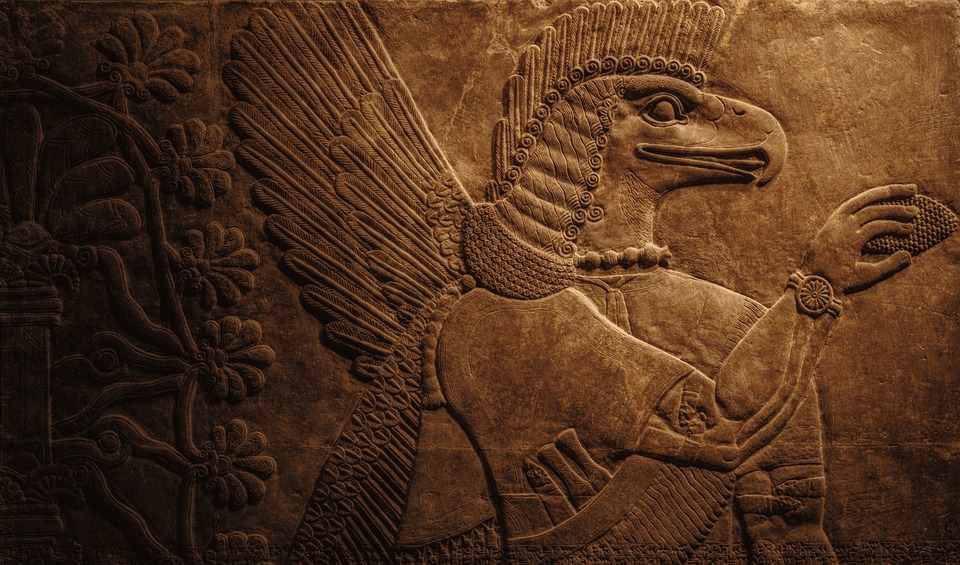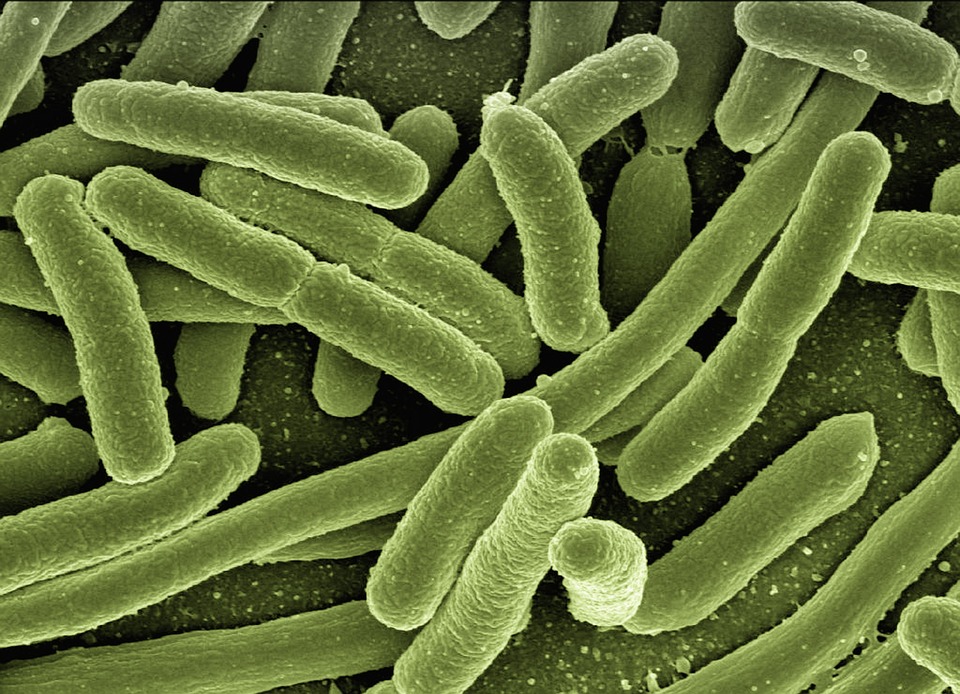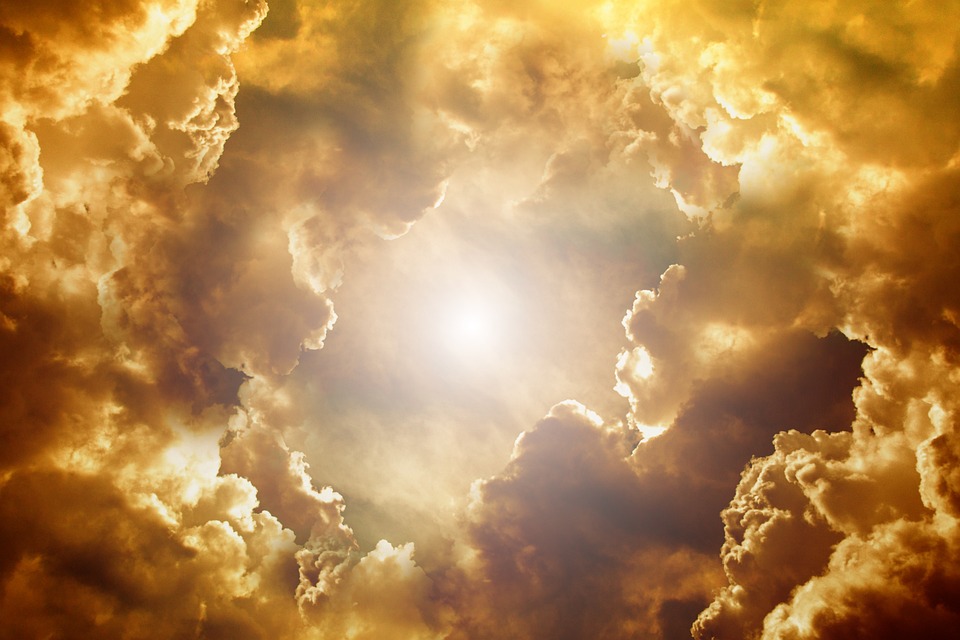
Plate tectonics is a theory that explains the movements and interactions of the Earth’s lithosphere, which is composed of large, rigid plates that float on the molten layer of the mantle below. These plates move slowly over time, driven by the heat generated by the Earth’s core, and interact with each other at their boundaries. There are three main types of plate boundaries: divergent, convergent, and transform. In this essay, we will focus on the differences between divergent and convergent plate boundaries in terms of their effects on the Earth’s crust.
Divergent plate boundaries occur where two plates move away from each other, creating a gap or rift between them. This can happen in two ways: either by seafloor spreading, where new oceanic crust is formed at mid-ocean ridges, or by continental rifting, where a continent splits apart as a result of tensional forces. At divergent plate boundaries, the Earth’s crust is being pulled apart, and this process has several effects.
Firstly, the stretching of the crust at divergent plate boundaries causes the rocks to fracture and break, creating a series of faults and fissures. These faults and fissures can allow magma from the mantle to rise up and fill the gap between the two plates, forming a new crust. This process is known as volcanic activity, and it is most commonly seen at mid-ocean ridges, where the magma rises to the surface and solidifies, forming new seafloor.
Volcanic activity at divergent plate boundaries also leads to the formation of volcanic islands and seamounts, which are typically found in chains along the ridge. As the plates move apart, the magma rises up to the surface and forms a volcano, which then becomes extinct as the plate continues to move away. Over time, a new volcano forms in the same spot, creating a chain of volcanic islands or seamounts.
In addition to volcanic activity, divergent plate boundaries also cause earthquakes. As the rocks on either side of the boundary move apart, they can become stuck, creating tension. Eventually, this tension is released in the form of an earthquake, which can range in magnitude from mild tremors to severe shaking that can cause significant damage.
Overall, the effects of divergent plate boundaries on the Earth’s crust are largely positive, in that they create new crust and promote volcanic activity, which can help to fertilize the ocean with nutrients and create new habitats for marine life.
Convergent plate boundaries, on the other hand, occur where two plates collide with each other. There are three types of convergent plate boundaries, depending on the type of plates involved: oceanic-oceanic, oceanic-continental, and continental-continental. Each of these types has different effects on the Earth’s crust.
At oceanic-oceanic convergent plate boundaries, one plate is typically older and denser than the other, and as a result, it is forced down into the mantle at a subduction zone. This process creates a deep trench in the ocean floor, and the sinking plate can generate large earthquakes as it is forced down. As the plate sinks deeper, it begins to melt and release water, which causes the overlying mantle to melt as well. This creates a magma chamber, which can eventually rise up to the surface and form a volcanic arc. Volcanic arcs are typically located on the edge of a continent or island chain, and they are formed by the magma that rises up from the subduction zone.
At oceanic-continental convergent plate boundaries, the denser oceanic plate is typically forced down into the mantle, creating a subduction zone and a trench. As the plate sinks deeper, it begins to melt, creating magma that rises up and forms a volcanic arc on the edge of the continent. The magma that forms at oceanic-continental convergent boundaries tends to be more viscous than the magma at oceanic-oceanic boundaries, and this leads to explosive eruptions that can cause significant damage.
At continental-continental convergent plate boundaries, the two plates are too buoyant to subduct, and instead, they crumple and fold, creating mountain ranges. This is because the continents are made of lighter rock than the oceanic crust, and as a result, they tend to be less dense and more buoyant. When two continental plates collide, they push up against each other, creating large folds and uplifts in the crust. Over time, this can lead to the formation of mountain ranges, such as the Himalayas and the Alps.
Overall, convergent plate boundaries tend to have more negative effects on the Earth’s crust than divergent boundaries. They can cause earthquakes, tsunamis, and volcanic eruptions that can be damaging to human populations and the environment. However, they also play an important role in the formation of new landmasses and the recycling of old crust back into the mantle.
In conclusion, divergent and convergent plate boundaries differ in several ways in terms of their effects on the Earth’s crust. Divergent boundaries tend to create new crust and promote volcanic activity, while convergent boundaries tend to cause earthquakes, tsunamis, and volcanic eruptions that can be damaging to human populations and the environment. Both types of boundaries play important roles in shaping the Earth’s surface and maintaining its dynamic balance, and they provide valuable insights into the processes that drive plate tectonics.



